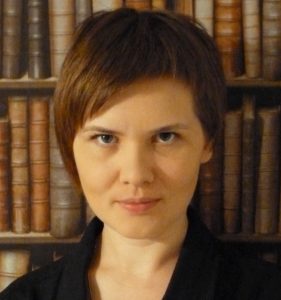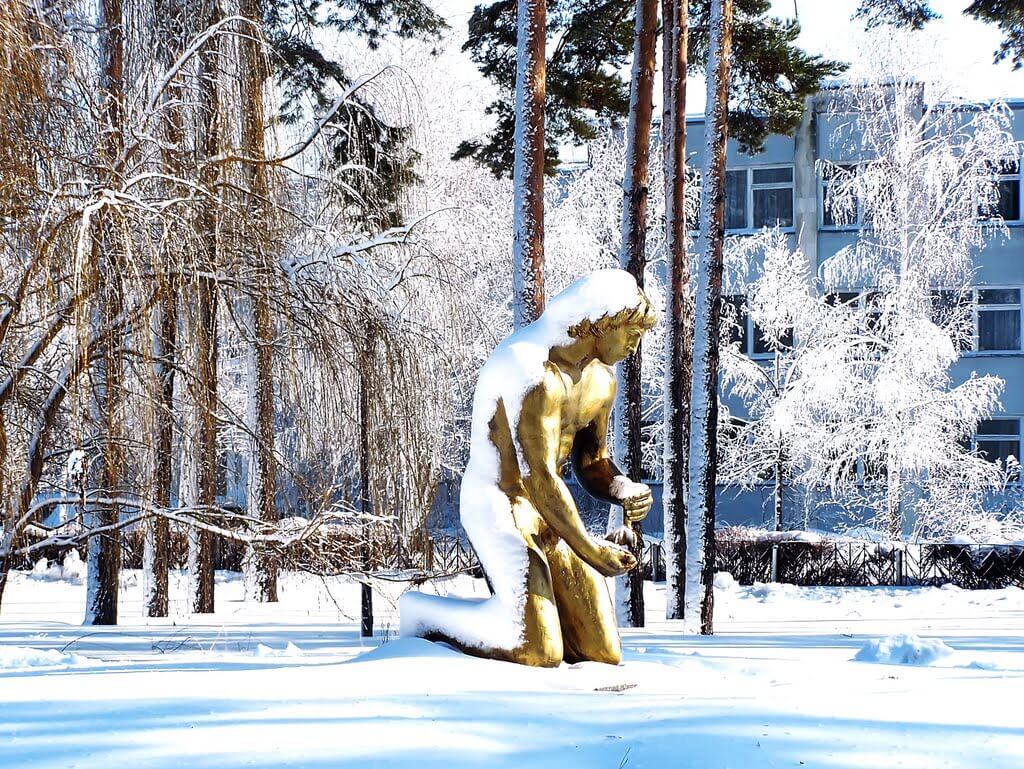From the Peaceful Atom to the Soviet Apocalypse - Memorials to the Chornobyl Catastrophe in Ukraine, Russia and other Countries
Olha Kazakova
Institute of Modernism, MoscowNovember 19, 2015
Center for Urban History, Lviv
The Chornobyl tragedy of 26 April 1986 was the worst man-made disaster in human history; it made the world shudder. A few years later, when the Soviet Union began putting up monuments to victims and liquidators, sculptors were faced with a problem - finding a new medium that was capable of reflecting an event, which was previously unknown in its scope and cause: a peaceful atom, transformed by the power of the human mind into a punishing force, and the opposition to the human energy that man himself created, and over which he had lost control. The many proposed sculptures to memorialize this event demonstrated different reactions to overcoming trauma through art. The monuments were erected in many cities of Ukraine, Russia and other former Soviet republics. They are all versions of the artistic response to a unique event, which is comparable to the worst human tragedies of the twentieth century.
art historian, an expert on architecture’s second wave of modernism in the USSR, curator, senior researcher at the Research Institute of the Theory and History of Architecture, Director of Institute of Modernism (Moscow), and Candiate of Science in Art History. In 2009 she completed her Candidate of Science dissertation in art history on the topic: “The Search for the image of modernity in the architecture of ‘the thaw.'” She is the author of articles on the history of architecture and art of the 1950-80s, and the Scientific editor of the book “The Aesthetics of “the thaw:” novelties in architecture, art, culture” (2013).
Olha Kazakova
